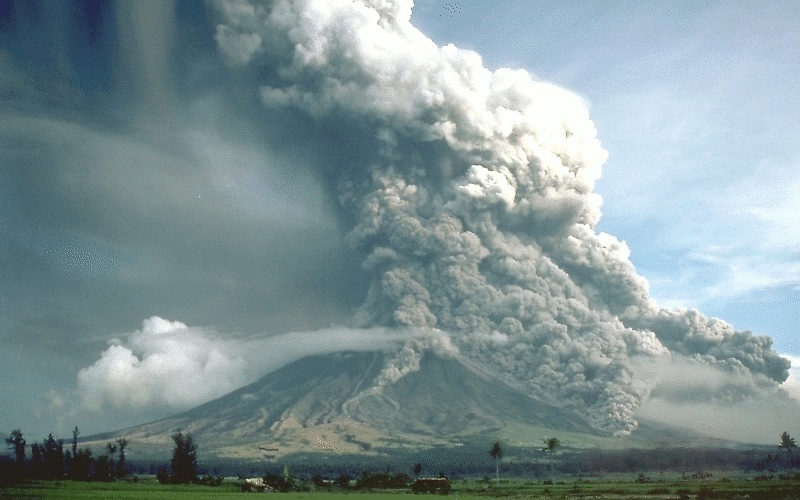BUILT ENVIRONMENT AND DESIGN
Type of resources
Keywords
Publication year
Topics
-
<p>Critical infrastructure systems provide essential services central to the functioning of Australian communities and the economy. Research into historic catastrophic failures of infrastructure suggests two factors have the strongest influence on such failures: system complexity and tight coupling within such systems. While complexity of these lifeline systems is recognised, the latter factor is often not well-understood, especially in the context of severe natural hazards. <p>Proposed in this paper is a methodology to study the performance of lifeline infrastructure under hazard impact, where key component parameters of complex lifeline systems, along with component interactions, are integrated within an executable model. This model can then be subjected to any number of virtual hazards to assist in identification of non-obvious failure mechanisms, quantify post-hazard system performance, and conduct experimentation with alternate mitigation measures. <p>This process allows for investigating the combined effect of various parameters including component fragilities, system topology, restoration times and costs with their uncertainties, redundancies, and the expected hazard. Much of this information is commercially sensitive or only accessible to specialist groups. Ensuring access to, and effective combination of, such information requires a trusted information-sharing collaboration framework between cross-sectoral experts. This collaboration requires participation from infrastructure operators, researchers, engineers, and government entities. This paper outlines a methodology and tools that have been utilised within such a collaborative project, and documents key learnings from the effort, along with observations on improvement strategies.
-
NEXIS (National Exposure Information System) Residential Dwelling Density is a set of four raster layers representing the density of residential dwellings across Australia at different scales and resolutions. Resolutions include 2km, 1km, 500m and 100m. The Australian Bureau of Statistics (ABS) defines dwelling units as self-contained suites of rooms including cooking and bathing facilities and intended for long-term residential use. Such dwelling units include houses-detached buildings used for long-term residential purposes-and other dwellings including flats. This product is based on NEXIS version 13 (2022) data.
-

Activity for secondary and senior secondary students examining a hypothetical city and its vulnerability to volcanic hazard risk. Includes background information for teachers, PowerPoint presentation, student activity sheet and worked answers.
-
Knowledge of the nature of buildings within CBD areas is fundamental to a broad range of decision making processes, including planning, emergency management and the mitigation of the impact of natural hazards. To support these activities, Geoscience Australia has developed a building information system called the National Exposure Information System (NEXIS) which provides information on buildings across Australia. Most of the building level information in NEXIS is statistically derived, but efforts are being made to include more detailed information on the nature of individual buildings, particularly in CBD areas. This is being achieved in Hobart through field survey work.
-
Knowledge of the nature of buildings within CBD areas is fundamental to a broad range of decision making processes, including planning, emergency management and the mitigation of the impact of natural hazards. To support these activities, Geoscience Australia has developed a building information system called the National Exposure Information System (NEXIS) which provides information on buildings across Australia. Most of the building level information in NEXIS is statistically derived, but efforts are being made to include more detailed information on the nature of individual buildings, particularly in CBD areas. This is being achieved in the Gold Coast through field survey work.
-
<p><b>Please Note: Restricted - cannot be made public as it contains sensitive information</b> <p>Record of GA exposure survey in the town of York, WA
-
Knowledge of the nature of buildings within CBD areas is fundamental to a broad range of decision making processes, including planning, emergency management and the mitigation of the impact of natural hazards. To support these activities, Geoscience Australia has developed a building information system called the National Exposure Information System (NEXIS) which provides information on buildings across Australia. Most of the building level information in NEXIS is statistically derived, but efforts are being made to include more detailed information on the nature of individual buildings, particularly in CBD areas. This is being achieved in Brisbane through field survey work.
-
Knowledge of the nature of buildings within business precincts is fundamental to a broad range of decision making processes, including planning, emergency management and the mitigation of the impact of natural hazards. To support these activities, Geoscience Australia has developed a building information system called the National Exposure Information System (NEXIS) which provides information on buildings across Australia. Most of the building level information in NEXIS is statistically derived, but efforts are being made to include more detailed information on the nature of individual buildings, particularly in business districts. This is being achieved in Adelaide through field survey work.
-
The Land Air Marine Access team have developed a Best Practice Standards approach to land, air and marine access and stakeholder engagement to protect Geoscience Australia's social licence and maximise the benefits of our science outcomes.
-
Knowledge of the nature of buildings within business precincts is fundamental to a broad range of decision making processes, including planning, emergency management and the mitigation of the impact of natural hazards. To support these activities, Geoscience Australia has developed a building information system called the National Exposure Information System (NEXIS) which provides information on buildings across Australia. Most of the building level information in NEXIS is statistically derived, but efforts are being made to include more detailed information on the nature of individual buildings, particularly in business districts. This is being achieved in Sydney through field survey work.
